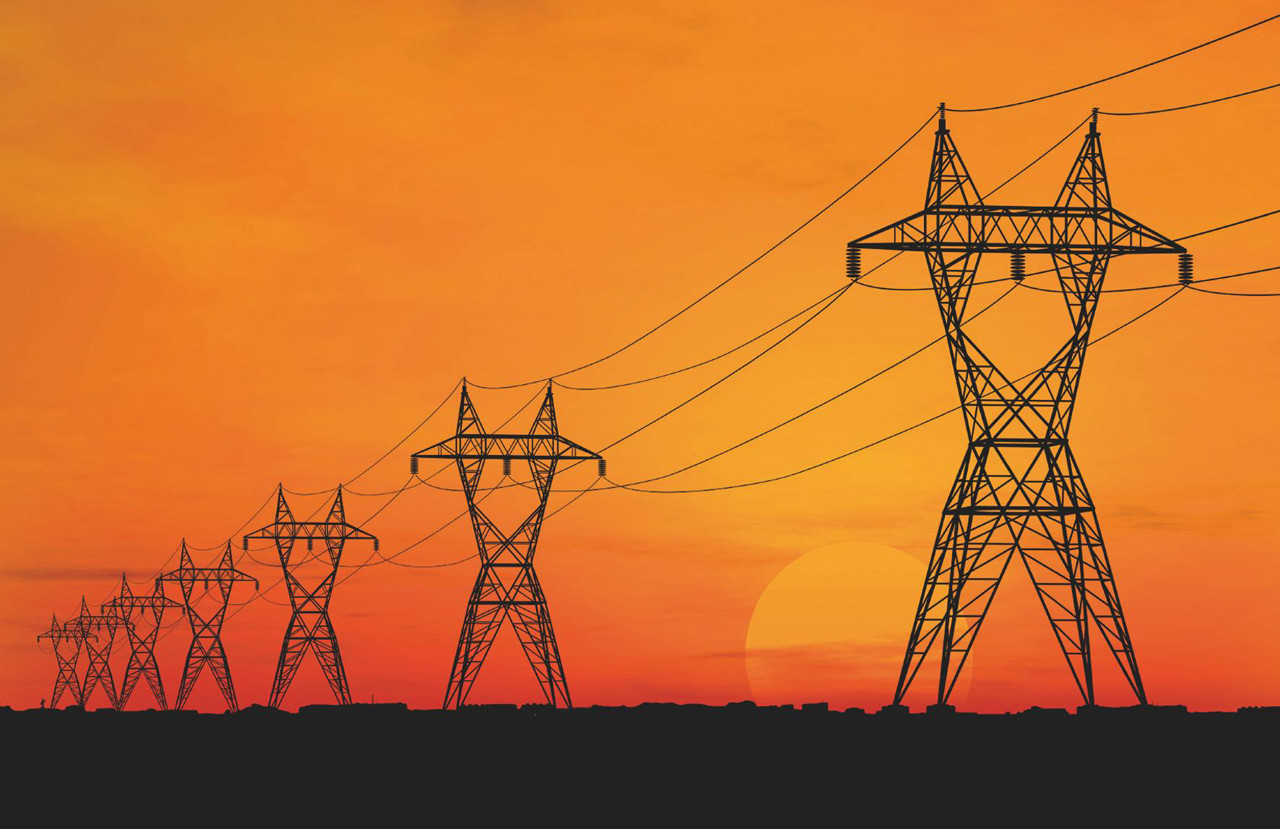
The Economics Behind the Rise in Nuclear Energy
One of the global challenges faced by developing nations is how to meet the growing demands of consumers and businesses who have become hungry for power. Power has become crucial in this “always connected” world in which we live. It’s become clear that nuclear is one of the only ways to meet this rising baseload demand. Here are some of the economics behind this rise, which may shape the future of energy production for decades to come.
Nuclear is Cost Effective
One of the concepts that becomes apparent when you speak to the CEO of Fission Uranium, Dev Randhawa, is that uranium is surprisingly affordable. Several facilities are “open pit”, which means major drilling operations are not always required. “The further down you go, the costs don’t go up a little bit, they go up exponentially,” says Randhawa.
Energy producers like Fission have become a lot more proficient in gauging the interest for a site. They spend a great deal of money researching these sites, and scouting for uranium deposits they can mine at an affordable cost. More and more, opportunities like this are popping up as uranium consumption increases.
Already, nuclear power represents 20% of the United States’ power grid, and China is seeing opportunities in that realm as well. The future of the energy grid that powers the world may combine multiple sources of energy, nuclear being a key component but not the only one.
It’s also more economically feasible to replace the components of a reactor, ensuring its lifespan increases. Combined with license renewals and routine inspection, nuclear could become one of the most efficient sources of power for the future.



